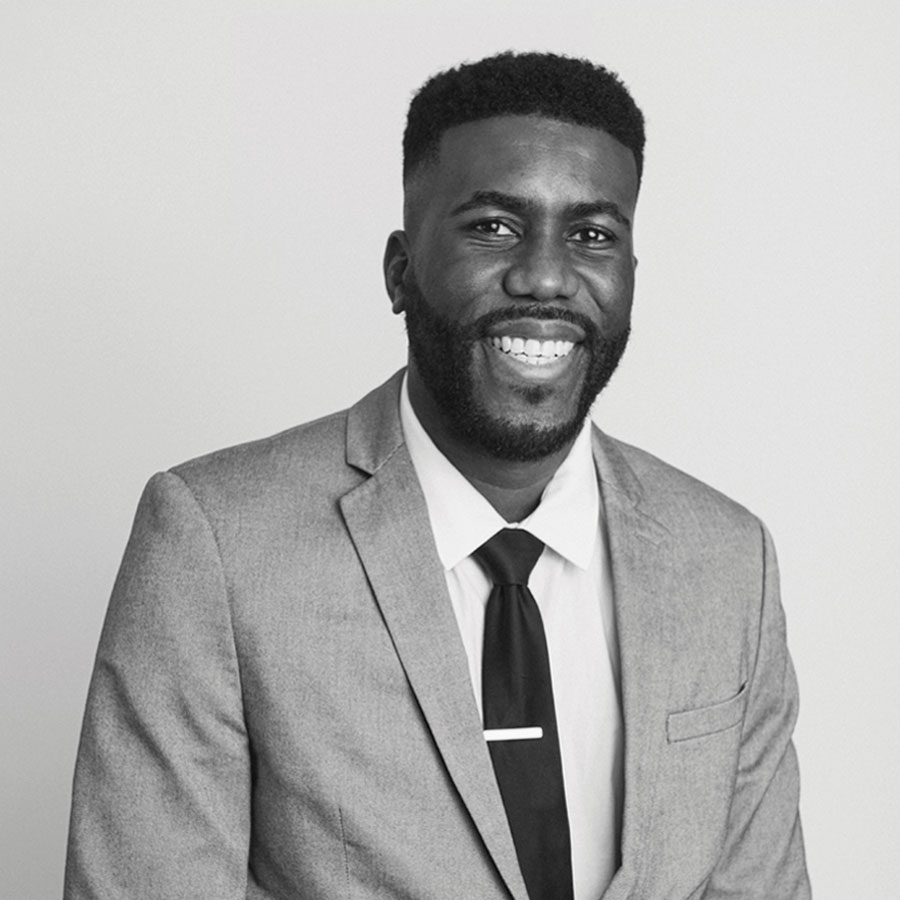Ross:
As a company that was very dependent on one particular technology or product in your early days, how did you build adaptability into the organization over time so that you could start to diversify? Certainly, with one very successful product that’s monetized very well, you have plenty of competitors and there’s plenty of change afoot in the end-markets you’re in. How do you get past those hurdles?
Balu:
Well, the first question you ask is how big the market is. Obviously, if the market is too small, you have to diversify out of the market. But I’m always surprised every time we look at the market, because it’s bigger than we think. The reason is that power is everywhere. Especially with this carbon net-zero initiative, it’s going to become a humongous market. It’s estimated by Goldman Sachs that about $54 billion will be spent between now and 2050 on aligning with the Paris Accord requirements. 70% of that will be spent in areas that directly benefit us. You see, the U.S. has already committed a lot of money, and the market is growing. The question is, “How do we get the most of the profit to our company?” We do that by having products that span the entire spectrum of power levels and applications.
The good news about power is that power is power. It doesn’t matter if it powers a solar invertor, a motor driver on a locomotive, an automotive power supply, or a power converter on any of your appliances in the house. The power supply is still the power supply. The only differentiation is power. Some things take very little power—your cell phones might take just a few watts—but if you’re in a high-voltage DC transmission system, you’re talking about a couple of gigawatts, maybe more.
So, our goal, which we have been pursuing for some time now, is to address it all. We go from a few watts to gigawatts. It’s just a question of the products. The more products you introduce, the more market there is. We have already identified products that will take us to about $8 billion in SAM by May 2027 or 2028. And in the last six months, we’ve already thought about products that will push us lot further from there.
Our board asks all the time, “Do you have to acquire a company or maybe go into a different conversion?” But when you look at it, we have so much intellectual property. We understand high voltage conversion better than anybody else in the world. Why would we not stay in this area and capitalize our intellectual property, our knowledge, and our know-how? Why would we compete with people doing DC/DC conversion? Why wouldn’t we make our own way and grow the company where there is no competition? That’s the whole thought process. You focus, you keep innovating, and you generate more products that continue growing the SAM. I don’t even see a limit to growing the SAM. It’s just a question of us coming up with more products.
Disclosure: Information in this transcript is not intended to be used as investment advice. Mention of companies/stocks herein is for illustrative purposes only and should not be interpreted as investment advice.
